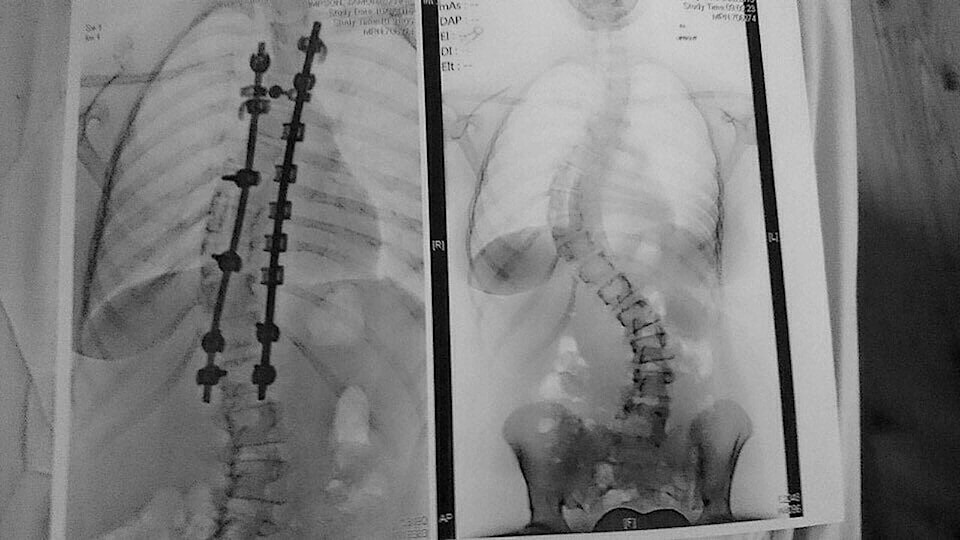By Dr. Joshua West
Scoliosis is often thought of as a condition that only affects teenagers.
While it is true that the rate of scoliosis in adolescents, particularly the idiopathic type, is relatively high (0.47 per cent - 5.2 per cent)[1], scoliosis can actually develop at any time. In fact, contrary to popular belief, scoliosis is highly prevalent in adult populations, with estimates as high as 68 per cent reported in patients aged 60-90 years[2]. It is also believed that this will increase over the next 20 years as people live longer.
Adult scoliosis can have a variety of causes. The most common types are Adult degenerative scoliosis (De Novo Scoliosis) and pre-existing idiopathic scoliosis.
As is the case for most types of scoliosis, early detection is paramount. Key indicators for adults can include:
• A family history of scoliosis
• Uneven shoulder heights or waist curves
• Rib humping when bending forwards
• Significant loss of standing or sitting height
• Postural changes/collapse
Detecting early, and an accurate diagnosis combined with early treatment leads to better clinical outcomes and quality of life.
If you are an adult and have noticed a change in posture, are in pain, or have a family history of scoliosis, then get in touch for a screening. This detection can mean more options for treatment, and enhanced quality of life
